How to Respond to a Customer Complaint Letter
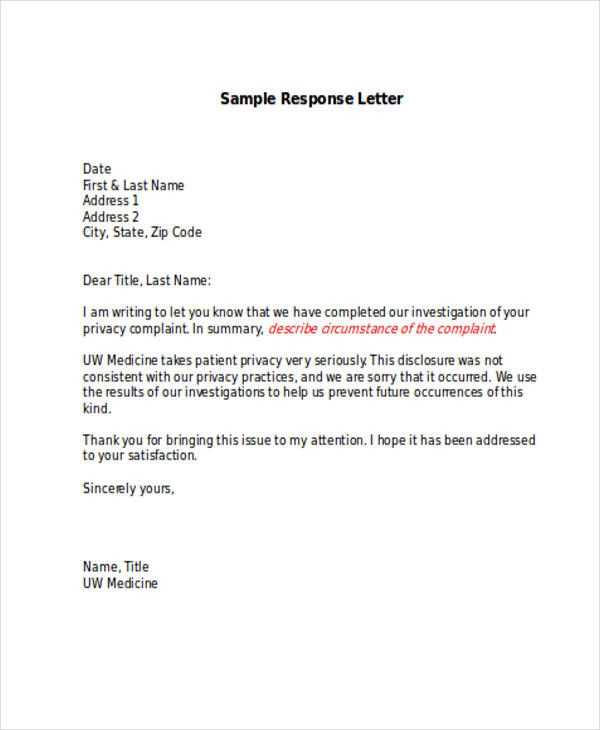
Handling negative feedback effectively is a crucial aspect of maintaining strong relationships with those who interact with your business. Responding in a thoughtful and professional manner can turn an unfavorable situation into an opportunity for growth. This section will guide you through the essential elements of crafting a response that conveys empathy, professionalism, and a commitment to resolving issues.
Understanding the impact of a well-crafted message is essential in addressing concerns. A carefully written response shows that you value the individual’s input and are dedicated to making improvements. By acknowledging their dissatisfaction, you can demonstrate your company’s dedication to providing quality service and resolving issues promptly.
Taking a personalized approach allows for a more genuine connection. Rather than using generic language, tailoring the response to the specific concern creates a more meaningful dialogue and helps build trust. This approach not only addresses the immediate issue but also sets the stage for long-term positive engagement.
Responding to Customer Complaints Effectively
Addressing dissatisfaction in a thoughtful and strategic way is crucial for maintaining positive relationships and enhancing your reputation. When responding to concerns, the tone and content of your message can make all the difference in turning a negative experience into a valuable opportunity. The following steps outline how to effectively communicate in these situations.
Key Principles for a Constructive Response
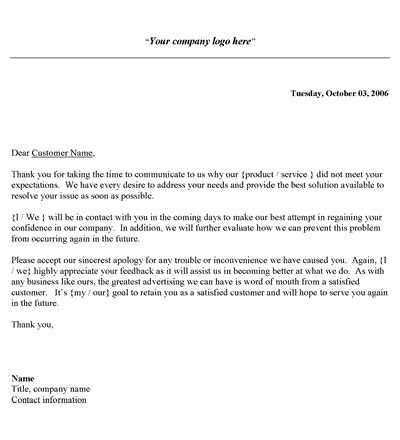
To ensure your response is constructive, it’s important to follow certain guidelines:
- Be timely: Respond as soon as possible to show that you value feedback and are committed to resolving issues promptly.
- Stay calm and professional: Maintain a neutral, respectful tone regardless of the situation. Avoid defensive language or blaming.
- Acknowledge the concern: Show empathy and understanding of the issue. Let the individual know you take their feedback seriously.
- Offer solutions: Focus on how you plan to address the issue or improve the situation, showing that you’re actively working to resolve it.
Building Trust and Preventing Future Issues
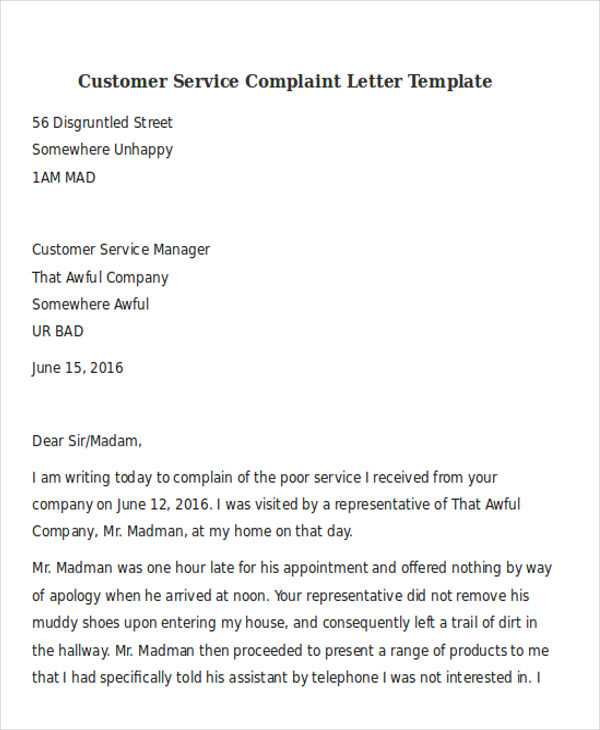
Once you’ve addressed the immediate concern, consider the following strategies for long-term relationship building:
- Personalize your approach: Tailor your response to the individual’s situation to show that their experience matters to you.
- Follow up: After resolving the issue, check in to ensure satisfaction and offer additional support if necessary.
- Learn from feedback: Use insights from these interactions to make adjustments to your processes, services, or products to prevent similar issues in the future.
Understanding the Importance of Customer Feedback
Feedback plays a vital role in the continuous improvement of any business. It provides valuable insights into how products or services are perceived and helps identify areas that need attention. When managed effectively, these insights can drive positive changes, enhance satisfaction, and foster loyalty.
The Value of Listening to Others
Taking the time to understand the perspective of those who engage with your brand can offer a wealth of information. Rather than viewing dissatisfaction as negative, it should be seen as an opportunity for growth. Recognizing patterns in feedback allows businesses to address recurring issues and fine-tune their offerings.
How Feedback Drives Improvement
Feedback is more than just a way to resolve issues; it is a tool for growth and innovation. By analyzing responses, businesses can pinpoint trends that may indicate systemic issues or emerging opportunities. This helps in creating more targeted improvements and adjusting strategies in line with what consumers truly want.
| Feedback Type | Impact on Business |
|---|---|
| Positive Feedback | Boosts morale, builds trust, and encourages brand loyalty. |
| Negative Feedback | Highlights areas for improvement, fosters innovation, and helps resolve recurring issues. |
| Constructive Criticism | Offers specific guidance on how to enhance offerings and improve customer experience. |
Key Elements of a Professional Response
When addressing concerns, a professional response is essential for maintaining trust and demonstrating a commitment to resolving issues. The structure and tone of your message can have a significant impact on how your communication is received. Key elements must be present to ensure that the response is both effective and respectful.
Timeliness is one of the most important factors in any response. A quick acknowledgment shows that the concern is being taken seriously and that you value the input provided. It is important to act promptly, even if a detailed resolution may take more time.
Empathy plays a crucial role in the tone of your message. Showing that you understand the frustration or inconvenience the person has experienced can go a long way in diffusing tension. A compassionate approach helps build a connection and shows that you genuinely care about their experience.
Clarity is vital in crafting a response. Be clear and concise in outlining the steps you are taking to address the issue. Avoid using jargon or complicated language, and focus on providing straightforward solutions that are easy to understand.
Actionable Solutions are key to resolving any situation effectively. Offering practical steps and offering assistance gives the impression that you are not only addressing the problem but are also working to prevent it from happening again in the future.
Personalization of the response ensures it resonates with the individual. Customizing your message based on the specific issue shows that you are not sending a generic response but are genuinely concerned with the situation at hand.
Common Mistakes to Avoid in Replies
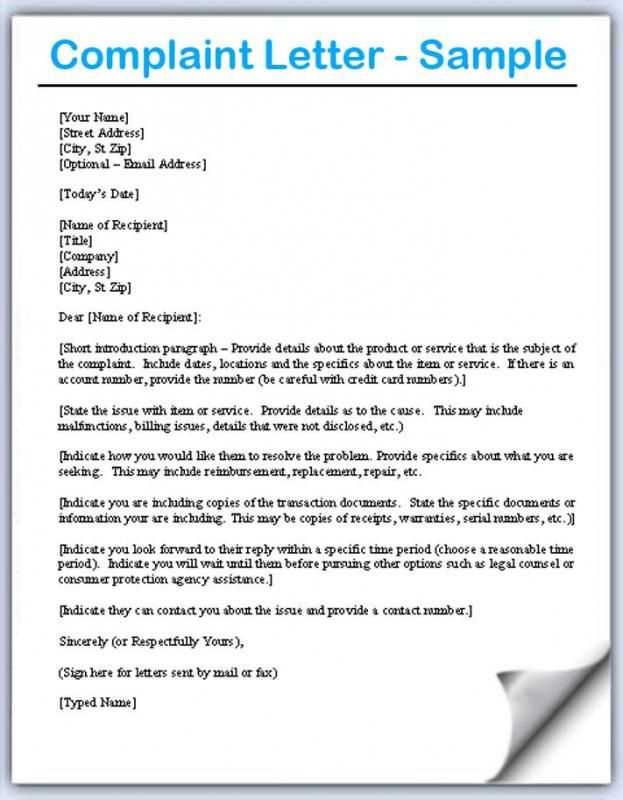
In addressing any issue, it is crucial to avoid certain mistakes that could escalate the situation or harm the relationship with those involved. These errors can undermine your efforts to resolve the matter and may lead to dissatisfaction or even loss of trust. Understanding these pitfalls will help ensure that your communication remains professional and constructive.
Overlooking the Importance of Tone
The tone of your message can significantly affect the outcome. A defensive or dismissive tone may aggravate the person, while a neutral, respectful approach fosters cooperation. It’s important to avoid sounding uninterested or condescending, even if the situation feels frustrating or unjust. Keeping your response polite and measured ensures a more positive interaction.
Providing Vague or Unclear Information
Failing to be clear about how you will address the issue is a common mistake. If the message lacks specific details on how the situation will be resolved, it may leave the individual feeling uncertain or dissatisfied. Always provide a concrete solution or action plan, ensuring that the steps to resolve the matter are transparent and understandable.
Another mistake is ignoring the root cause of the problem. Avoid providing generic responses that fail to address the core issue. Instead, focus on understanding and responding to the specifics of the concern, ensuring that the individual feels heard and valued.
How to Personalize Your Response
Personalizing your communication is essential to creating a meaningful connection and showing genuine care. A personalized approach not only addresses the specific issue at hand but also conveys to the individual that their experience is important to you. By tailoring your response, you can demonstrate attentiveness and a commitment to resolving their concern in a thoughtful manner.
Start by addressing the individual by name, rather than using generic greetings. This small detail can make the message feel more personal and directed specifically at them. Additionally, referencing specific details of their situation or concern shows that you’ve taken the time to understand their perspective rather than sending a generic response.
Another way to personalize your communication is by offering solutions that are relevant to the issue. Avoid using one-size-fits-all responses and instead provide tailored steps that are specific to the situation. This can help build trust and convey your willingness to go above and beyond to resolve the matter.
Finally, a personalized response should include a follow-up plan or invitation for further dialogue. This shows that you are not just addressing the immediate concern but are also open to continued communication and further assistance if needed.
Steps to Resolve Issues Promptly
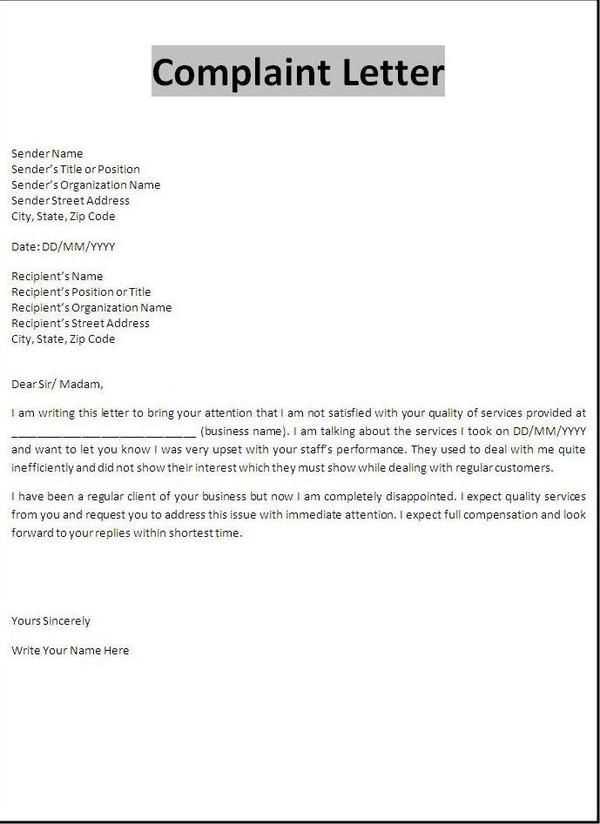
Addressing concerns quickly and effectively is crucial to maintaining trust and satisfaction. A swift response can prevent minor issues from escalating, demonstrating your commitment to resolving matters. By following clear and organized steps, you can ensure that problems are dealt with in a timely and efficient manner.
- Assess the Situation: Begin by fully understanding the problem. Review the details and ensure you have all the necessary information before moving forward.
- Provide Acknowledgment: Acknowledge the issue immediately. Let the individual know that their concern has been heard and is being prioritized.
- Investigate the Root Cause: Take the time to determine the underlying cause of the problem. This will help you avoid offering a temporary solution that could lead to further complications.
- Offer a Timely Solution: Provide a resolution that can be implemented as soon as possible. Clearly outline the steps you are taking to address the situation.
- Keep Communication Open: Maintain transparency throughout the process. Update the person regularly on the progress being made, ensuring they feel involved and informed.
- Follow Up: Once the issue is resolved, follow up to ensure that the solution was effective and that no further problems have arisen. This step shows commitment to long-term satisfaction.
Maintaining a Positive Relationship After Complaints
After addressing any issue, it’s important to nurture and maintain a positive connection with those involved. Resolving a situation does not always guarantee that the relationship will remain intact; instead, it requires continued effort and attention. By focusing on building trust and demonstrating commitment, you can strengthen the bond and ensure future interactions are positive.
Show Appreciation and Gratitude
One of the most effective ways to maintain goodwill after a disagreement is by expressing appreciation. Acknowledge the patience and understanding shown during the process. This simple gesture fosters positive feelings and reinforces the notion that their feedback is valued.
Provide Continued Support and Engagement
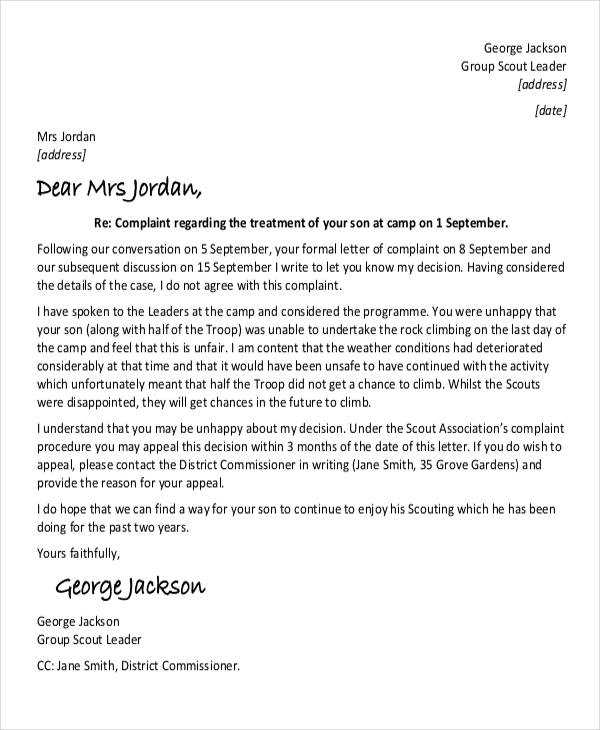
After resolving the issue, it’s essential to stay engaged with the individual. Offering continued support and showing genuine interest in their experience can turn a challenging situation into an opportunity for improvement. Regular check-ins or follow-up communications reassure the person that their satisfaction is still a priority.
Additionally, it’s vital to consistently deliver quality service or products, as this helps to rebuild trust and ensure that the person feels confident in their decision to continue their relationship with you.